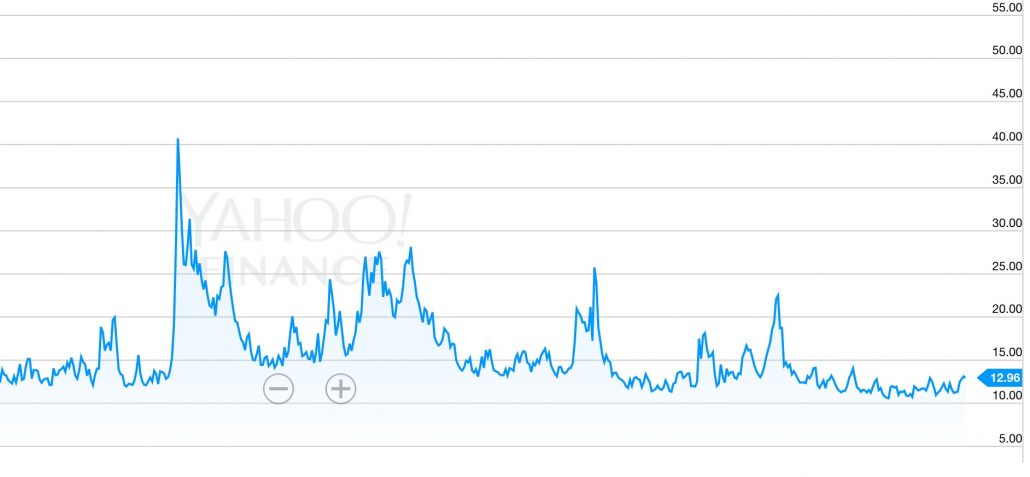
As the first non-economist to serve as the Business Survey Chair for the ISM-New York Report on Business, I read as much as possible about the economic conditions that drive the monthly survey responses from purchasing managers. In particular, I focus on anything that might have an impact on the ‘six-month outlook’, an index that captures the level of optimism held by survey respondents.
February 2017 ISM-New York Report on Business
Unlike prices paid and employment, optimism is a highly subjective measurement. Think of all the forces procurement teams have to respond to – especially in the management of risk. They must be synthesized into a straightforward answer of ‘the same’ versus ‘somewhat better’ or ‘somewhat worse’ in response to the question, “Overall, how do you expect business conditions in the New York metro area to be in the next six months?”
The reason I focus on risk in the six-month outlook is because any procurement professional’s perspective is closely tied to the level of confidence they have about what will happen over the next six months. You might feel that you know exactly what is going to happen. Those expected events or conditions might be good (somewhat better) or bad (somewhat worse). But what if you have absolutely no idea what the next six months holds?
Whether they end up being good or bad, completely unknown circumstances are impossible to plan for, and would likely lead to a very negative outlook (or ‘much worse’ in the survey’s parlance).
Procurement professionals are not the only people interested in managing risk and uncertainty. Investors have an insatiable appetite for information that could improve their decisions or decision timing, making the difference between a huge gain and an irrecoverable loss.
Just like the six-month outlook, investors want to quantify and measure the likely impact of various factors in the markets and global economy. The Chicago Board Options Exchange (CBOE) Volatility Index (also known as the VIX) is a measure of volatility that measures the level of change in options prices over a 30-day period. It is forward looking and captures investor expectations rather than actual stock prices.
As of March 2017, the VIX is at a very low level, driven in large part by a strong stock market. This might lead us to interpret the so-called ‘fear index’ as giving an all clear signal. But if this is the case, why do we spend so much time talking about the growing impact of risk in business?

CBOE Volatility Index (VIX) – March 2015 to March 2017. Source: Yahoo Finance
The Wall Street Journal recently featured a story about Mr. Menachem Brenner, a professor at NYU’s Stern School of Business, who helped develop the VIX in the late 1980’s. He now believes that the VIX does not accurately reflect uncertainty. According to his point of view, ambiguity – not volatility – is a better measure.
“When describing ambiguity, Mr. Brenner borrows a line from Donald Rumsfeld, the former Defense Secretary: Volatility measures the ‘known unknowns’ or the uncertainties about which one can measure probability. Ambiguity reflects the ‘unknown unknowns,’ where the probabilities themselves are a mystery.”1
For procurement, the separation of volatility from ambiguity plays out in the difference between markets with lots of change (volatility) and markets being affected by unpredictable forces (ambiguity). How much confidence do we have about the factors we believe are likely to affect the players in our supply chain (probability)?
Being able to distinguish between volatility and ambiguity will not only improve our results, it will allow us to dedicate time and effort to categories and suppliers that are truly uncertain rather than being distracted by the artificial appearance of elevated risk.
Although it may seem like shades of grey, being able to facilitate a meaningful conversation about risk with the executive team requires us to understand these relevant nuances. After all, the C-suite has just as much riding on the company’s ability to read and prepare for changing conditions as any other kind of investor.
1 Ben Eisen, “Wall Street’s Volatility Pioneer Searches for Latest Fear Trade,” Wall Street Journal, March 10, 2017.




